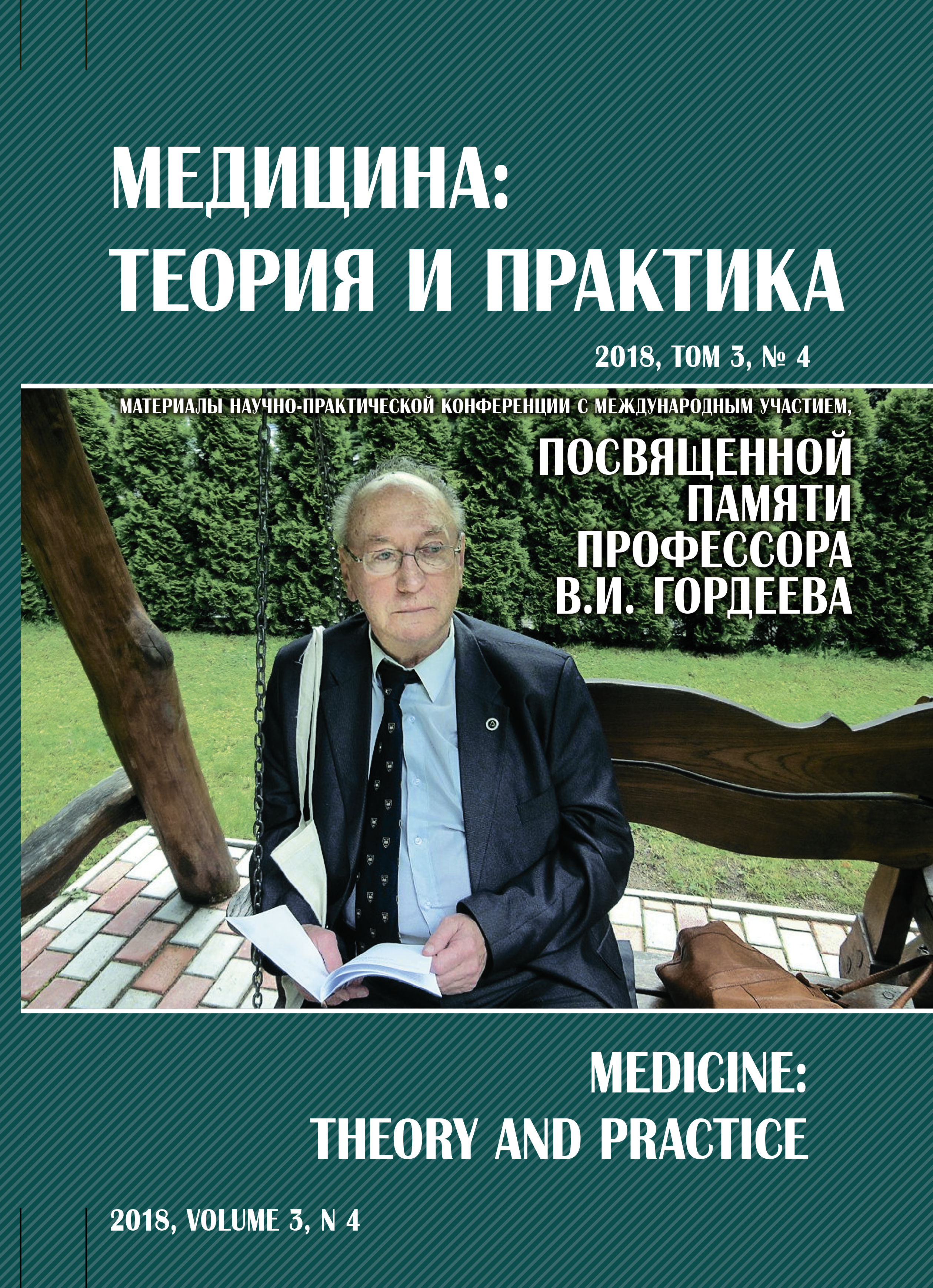Renal replacement therapy by hemodiafiltration method in children with multiple organ failure of various genesis
Abstract
The purpose of this study is to determine the indications and analyze the effectiveness of the use of RRT in children in critical condition. For the period 2015-2018 the extracorporeal method of GDF was used to treat 25 children, including 7 infants. In all cases, the course of the disease was complicated by the development of multiple organ failure syndrome (MOF) due to various causes, depending on the nature of the existing pathology, ranging from thrombotic microangiopathy (TMA) in HUS and A-HUS, septic shock and transcapillary leakage syndrome, as well as in consequence syndrome of reduced cardiac output in the background volume overload. The assessment of the severity of the condition was assessed by the pSOFA scale, with a score of 5 points and higher, the presence of a MOF was noted, the median of the score was 9,2 points, the low quartile was 6.1 points, the uper quartile was 12,4 points. The main indication for the onset of HDF was, above all, the development of oligoanuria, edematous syndrome, hypervolemia with progression of respiratory and heart failure. The mortality rate in the studied group of sick children was 24%, although no fatal outcome was directly related to the complications of RRT and the progression of renal failure, and most often was due to an increase in the degree of dysfunction of other vital organs. According to the experience of our department, this group of patients without RRT has a prior probability of death of 95%. Thus, we note a decrease in mortality by 71%, which indicates the effectiveness of GDF, as a method of RRT in children with MOF.



